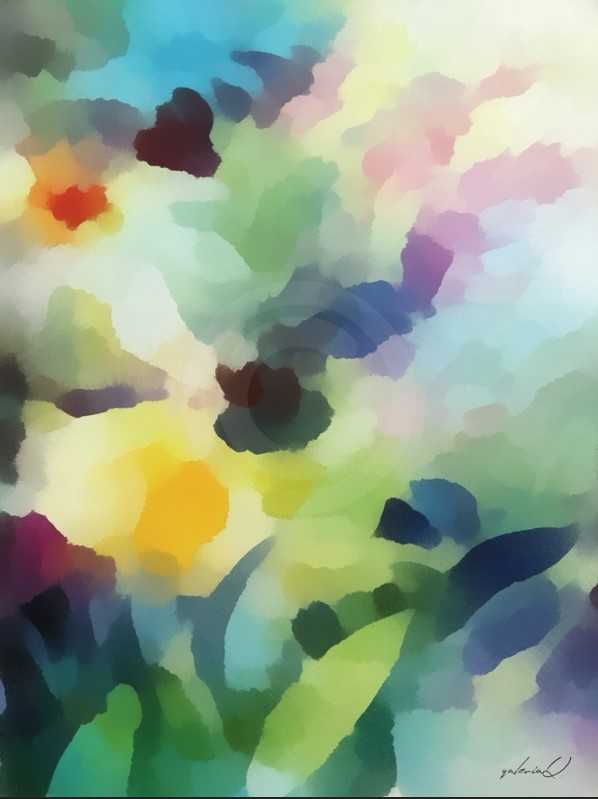
Unlike tempera painting, which consists of colored pigments mixed with binders in aqueous solution, egg, casein and animal glue, oil colors have linseed, poppy or walnut oil as binder. The oil colors are very bright and maintain great stability and durability over time: a feature that makes them particularly suitable for painting. Their long drying time allows the artist to draw the painting with the necessary calm; in particular, the painter can widely use the “technical glazes” without the color drying off during painting. Oil colors make it possible to greatly expand the color range and to achieve greater contrasts of brightness and distinct formal effects. In particular, the overlap of many thin layers of color allows the creation of prodigious light effects that enhance the brightness of the painting itself.
The history of the discovery of oil colors remains a mystery, but it was, in any case, from the mid-fifteenth century that this pictorial technique experienced an extraordinary diffusion by quickly substituting tempera colors. The Flemish painters were masters in this pictorial technique and soon influenced European painting: Leonardo da Vinci made extensive use of it to obtain an absent brush stroke. The range of use of oil color is so wide that Vincent Van Gogh squeezed the color from the tube directly onto the canvas: the pictorial material thus acquired an autonomous formal body that contributed to make the painting “a context of signs animated by a feverish vitality”.
In the fifteenth century the oil painting was spread on a wooden support, but from the sixteenth century the use of the canvas became generalized giving rise to an almost exclusive mode: the phrase “oil on canvas” indicates the vast majority of European figurative production that used this technique until the twentieth century. One quality of oil painting that cannot be imitated with other techniques is that of giving depth to paintings, of being able to define them not only as a chromatic system arranged on a plane, but also through an imprint of the gesture with which it is painted. For example you can see some original oil paintings available for sale on GalleryToday.com
During the nineteenth century, fundamental importance had the discovery of new colors by chemical synthesis: cobalt blue, artificial ultramarine, cerulean blue, emerald green, all chromium-based colors, the most expensive colors with cadmium and white of zinc. Moreover, a new invention allows to better preserve the colors: the tubes made of metal replace the pig bladders. In the twentieth century oil remains the main material of painting for its ability to create a painting of thicknesses and can be considered a guiding technique in painting despite the discovery of new media such as acrylic painting and the preference that some artists have given to tempera . Only the watercolor has represented, with its more intimate character, an interesting alternative to oil paintings.


